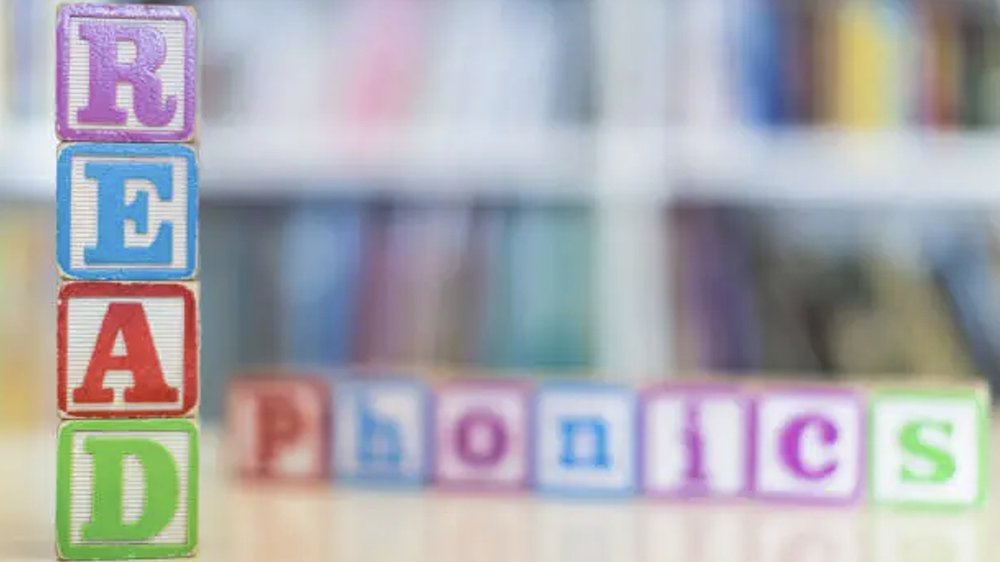Over the years, literacy education has experienced a number of shifts as the pendulum has swung from phonics to whole language instruction, to balanced literacy, and now back to a structured approach to literacy grounded in phonics.
When I went to school in the late 1970s, it was common to teach students how to read by teaching them to recognize entire words rather than their constituent parts. By taking a whole language approach to instruction, educators were hoping children would learn to read just by reading. Now, we understand that children learn to read most effectively when they learn how to decode words and recognize letter-sound relationships.
The Role of Phonics in Literacy Instruction
With functional magnetic resonance imaging (fMRI) technology, we no longer have to guess what’s happening in children’s brains as they learn how to read—we know exactly what’s occurring. And the research clearly demonstrates that in order to read fluently, children must understand how the various letters work together to make sounds and compose words.
Once students learn the 26 letters and the 42 phonemes these individual letters and letter combinations make, they can break down and sound out increasingly sophisticated words, laying the groundwork for reading comprehension. Strong phonics skills enable students to read fluently, fostering confidence and a lifelong love of reading. In fact, understanding how to decode words allows students to access texts that are even a little bit beyond their current reading level.
When students struggle to comprehend what they read, it’s often because they aren’t yet proficient at decoding longer words. Students with poor decoding skills must use so much of their cognitive energy to read each individual word that they don’t have enough left over to understand how these words and sentences fit together to make meaning. Strong foundational reading skills—including phonics and phonemic awareness, as well as an understanding of vocabulary—make fluency and comprehension possible.
Revitalizing Phonics for Today’s Learners
Phonics has been a part of literacy instruction for several decades. As we understand more about the science of reading and the fundamental role that phonics plays in learning how to read, it’s critical that we revitalize phonics instruction to ensure that all students are positioned for success.
Here are three key strategies that schools can use to strengthen phonics teaching for today’s learners.
Engage students with hands-on activities.
Arts and crafts projects, blocks, magnetic letters, manipulatives, and other hands-on activities give students a tangible way to engage with phonics concepts.
These multisensory activities don’t just make the learning fun. They’re also a scientifically proven way to help children acquire essential reading skills.
Moving the letters around, tracing their shapes, and hearing the sounds they make helps reach all types of learners, including audial and kinesthetic learners and those who learn best by doing. It also builds stronger connections within students’ brains. When students engage multiple senses, they’re creating interconnected neural pathways that help them learn and retain new information, enabling them to read more effectively.
Infuse storytelling into phonics instruction.
Many decodable books and other phonics-based activities lack a clear story arc. Instead, they simply present students with a series of phonics concepts that build upon each other. However, when children learn phonics skills and patterns in the context of an actual story where something happens to the characters, they become far more interested and engaged.
What’s more, weaving storytelling into phonics instruction enhances understanding by helping children make connections between the words on the page or screen. It helps children develop not only phonics skills, phonemic awareness, and vocabulary, but also fluency and comprehension.
Use technology to support diverse learners.
With so many different skill levels and abilities represented in their classrooms, it can be hard for teachers to differentiate instruction to meet each child’s needs. Technology can help teachers do this simply and effectively, with programs that offer personalized support for multilingual learners and students who need extra help—as well as dashboards to help teachers track each child’s progress and target instruction appropriately.
For instance, Phonics, Reading, and Me™ allows students to read into a digital device with no special equipment needed, and it analyzes each child’s reading ability at the phoneme level. This frees teachers from having to listen to every child read aloud, allowing them to use this time for instruction instead. Teachers can instantly understand which discrete skills their students are struggling with, so they can give students the precise instruction and practice they need to improve.
Phonics remains a cornerstone of literacy education, and it’s essential for developing fluent readers. By revitalizing this skill through modern, interactive methods, teachers can set students on a path to lifelong literacy and success.
About the author
Dr. Cheryl Lundy Swift is podcast host of Literacy Matters: Empowered Conversations and the Director of Professional Learning and Academic Partnerships for Learning Without Tears, which takes a multisensory approach to literacy and writing instruction.











